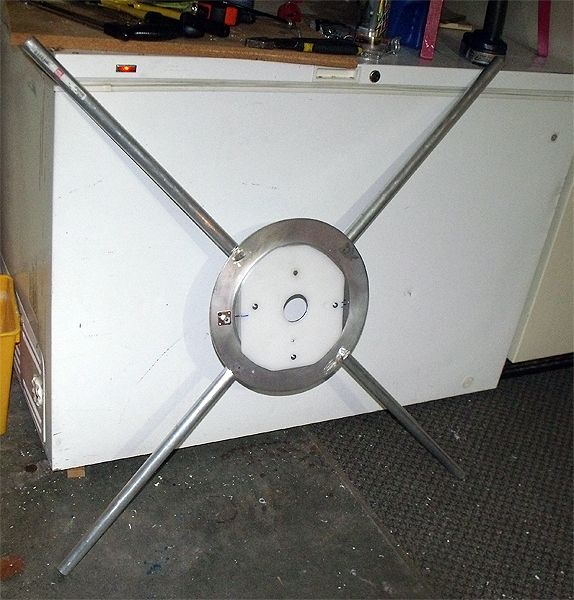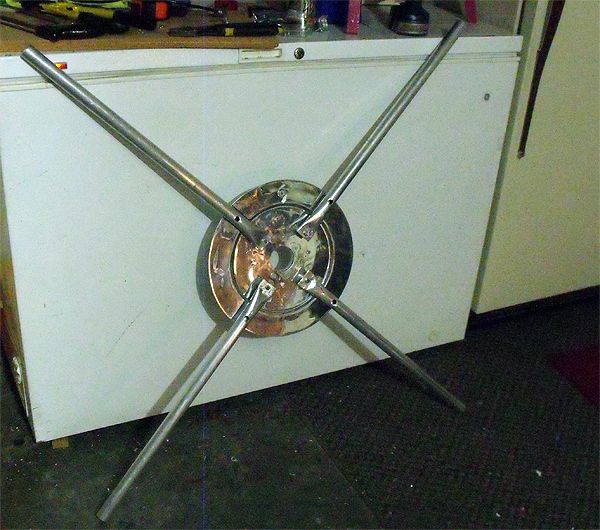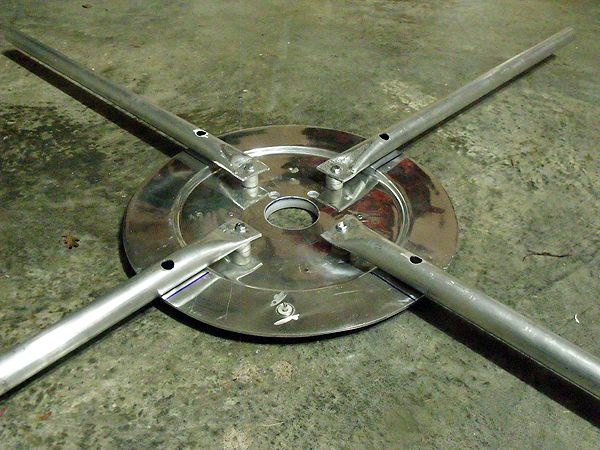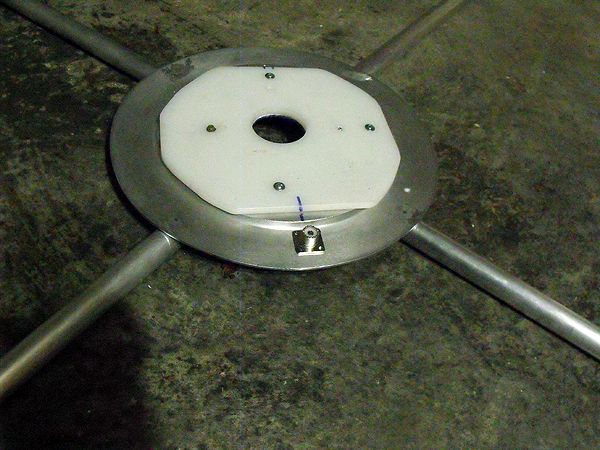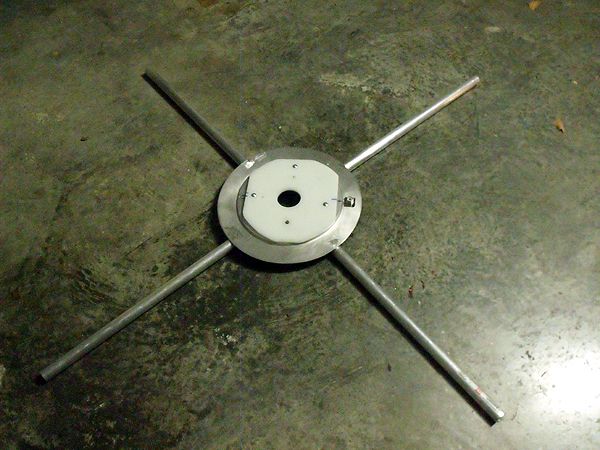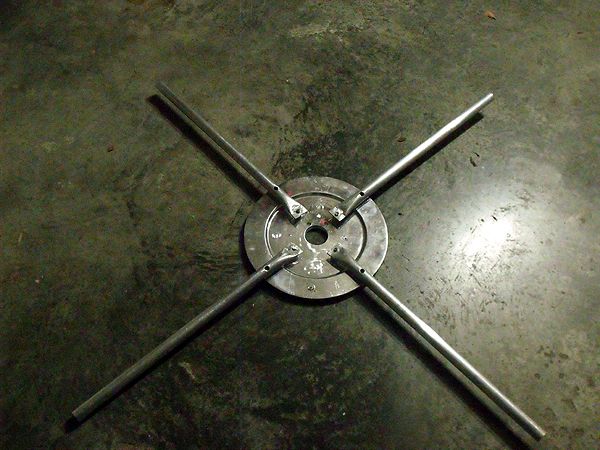B
BOOTY MONSTER
Guest
so even though the wavelength is the same , with the tips at the same height , the antenna with the longer capture area seems to do better ....... ?
I think someone is trying to put words in my mouth... or maybe doc's mouth... Someone's mouth for sure...
It sounds to me like you are trying to get someone to say that even at the same tip height, the longer antenna is the better antenna... I don't know that I would go that far. In my opinion there are to many variables to consider to go all in on a statement such as that.
The DB
nope , was just seeing if i was understanding homers results comparing the merlin to a 1/4 wave and a dipole so far . maybe i should have included that the "better" amount isn't much .......

